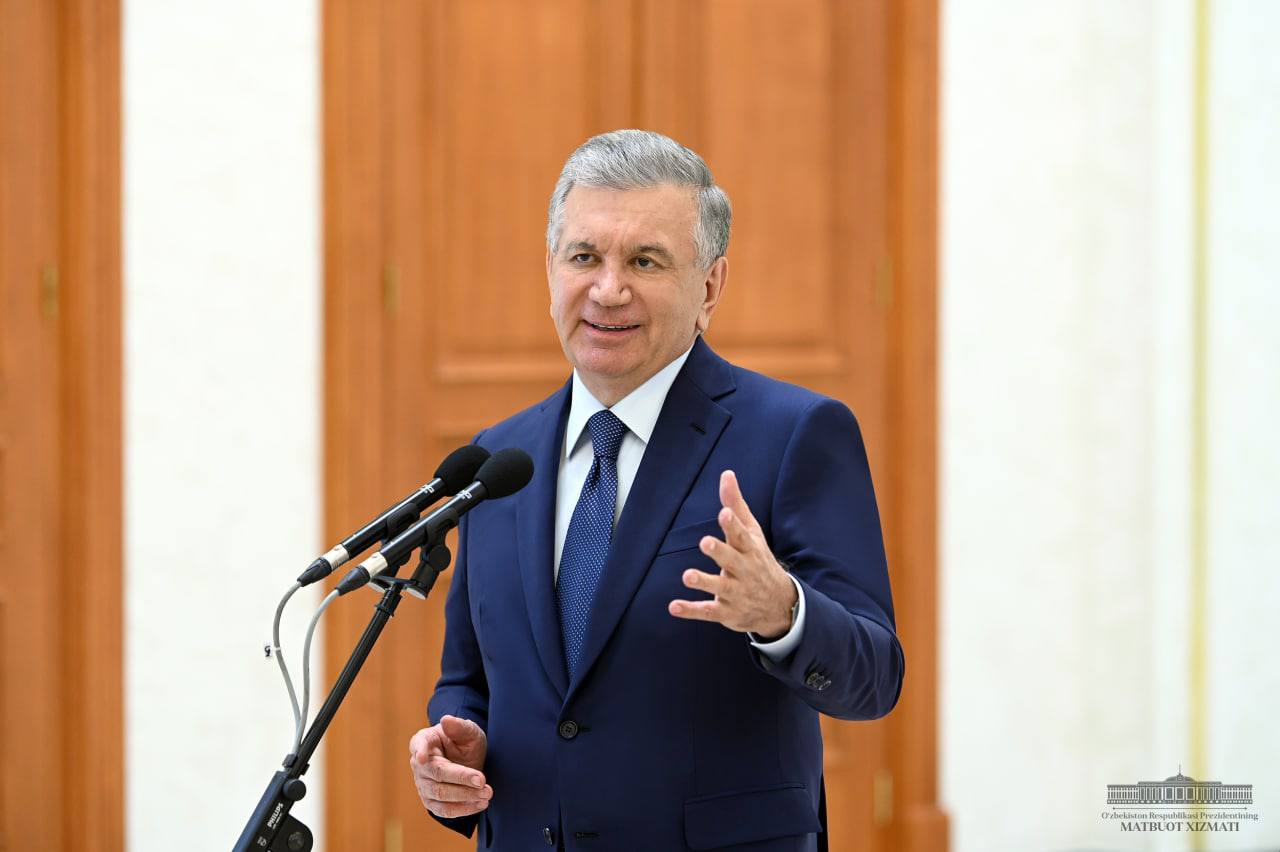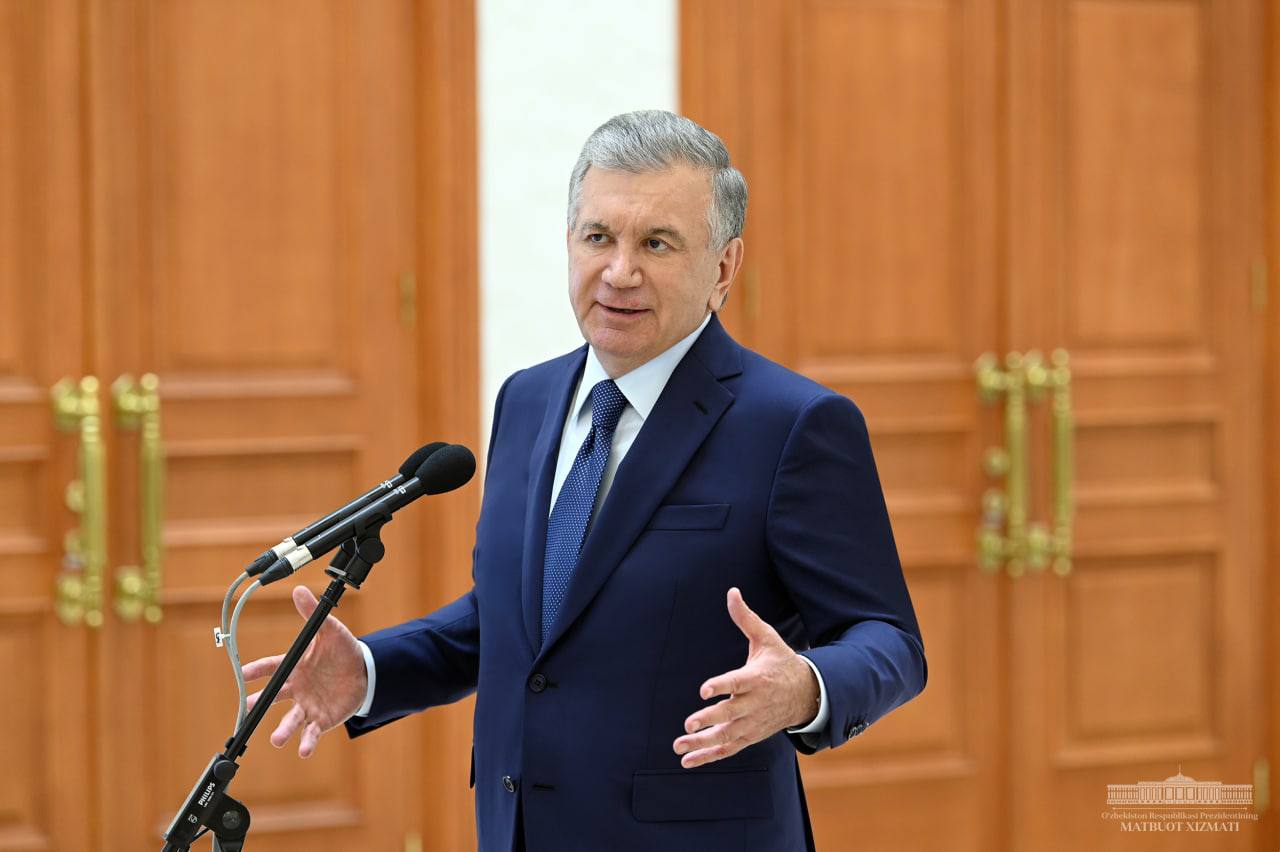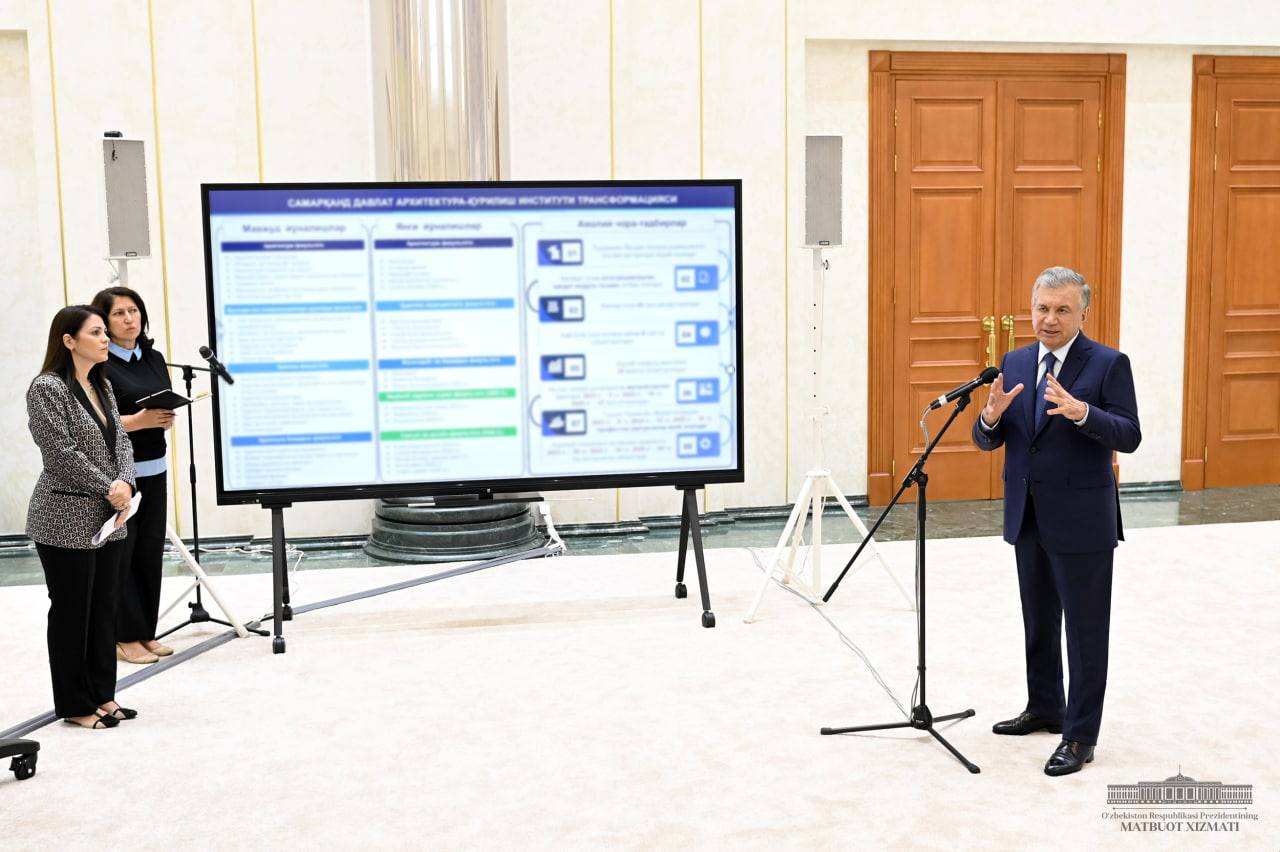
27.09.2022
On September 27, President Shavkat Mirziyoyev got acquainted with a presentation on the measures to improve the system of personnel training in architecture and construction.
In recent years, the scale of construction work has expanded in the country, complex technological solutions are used in construction. However, education and science in this area lag far behind progress. Curricula at institutes no longer meet modern requirements. Compared to foreign practice, the number of subjects taught is greater, but the quality of education leaves much to be desired. The level of participation of practitioners in the educational process is insufficient. There are not necessary practical skills of a modern engineer-designer.
At the meeting held on July 6 this year, the President discussed this issue and noted the need for transforming higher education institutions in the country.
During today’s presentation, the measures were discussed to reform the educational programs of the architecture institutes of Tashkent and Samarkand, to bring the quality of education to the international level.
The responsible officials spoke about the plans for international accreditation of the educational programs of these institutions, establishing the new faculties, the harmonization of education and practice, as well as the improvement of scientific activities.
The President approved these proposals and gave additional instructions. First of all, it is necessary to review the number of bachelor’s programs and adapt them to the requirements of modern urban planning and technology. The recommendations were given to strengthen the requirements for the qualifications of teachers and improve the competencies of graduates.
The importance of attracting qualified specialists with foreign experience to the institutes, as well as sending local professors and teachers abroad for scientific internships, was noted. For this, the Tashkent Institute of Architecture and Civil Engineering will establish academic cooperation with the Istanbul Technical University, the Samarkand State Institute of Architecture and Civil Engineering – with the Yıldız Technical University.
An instruction was given to assigning production enterprises to each department, creating a technopark and an incubation center at the institutes to ensure a close relationship between training and practice. They will be able to create energy-efficient building materials, conduct master classes and practical exercises together with leading companies, and commercialize the results of scientific research.
A decision was made to create a Higher Scientific School, which will train scientific and scientific-pedagogical personnel based on advanced engineering knowledge.
The need for improving the activities of academic lyceums at institutes, the introduction of an international curriculum and A-Level methods were also noted.






